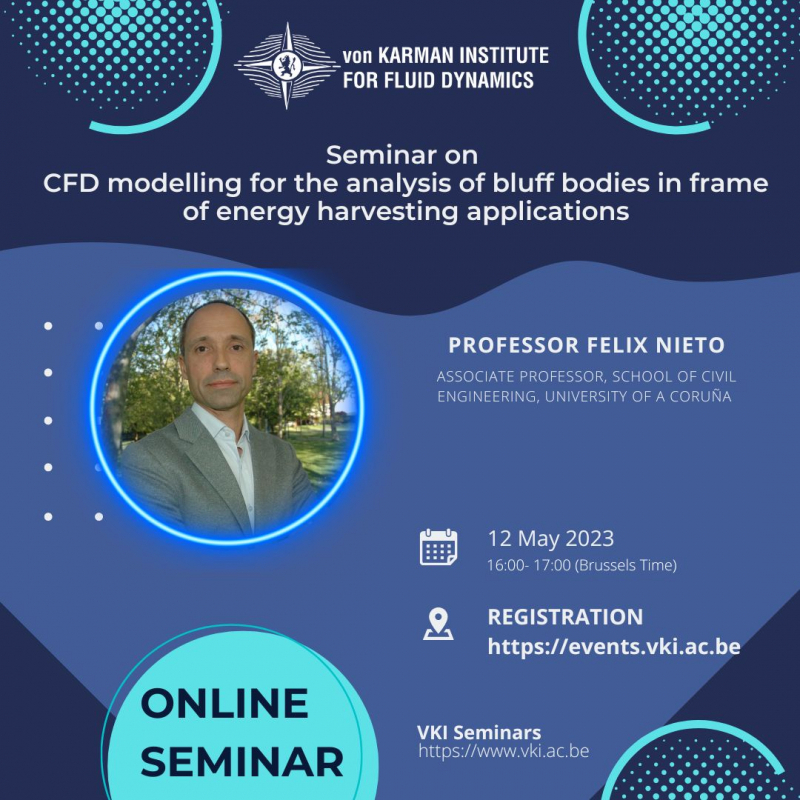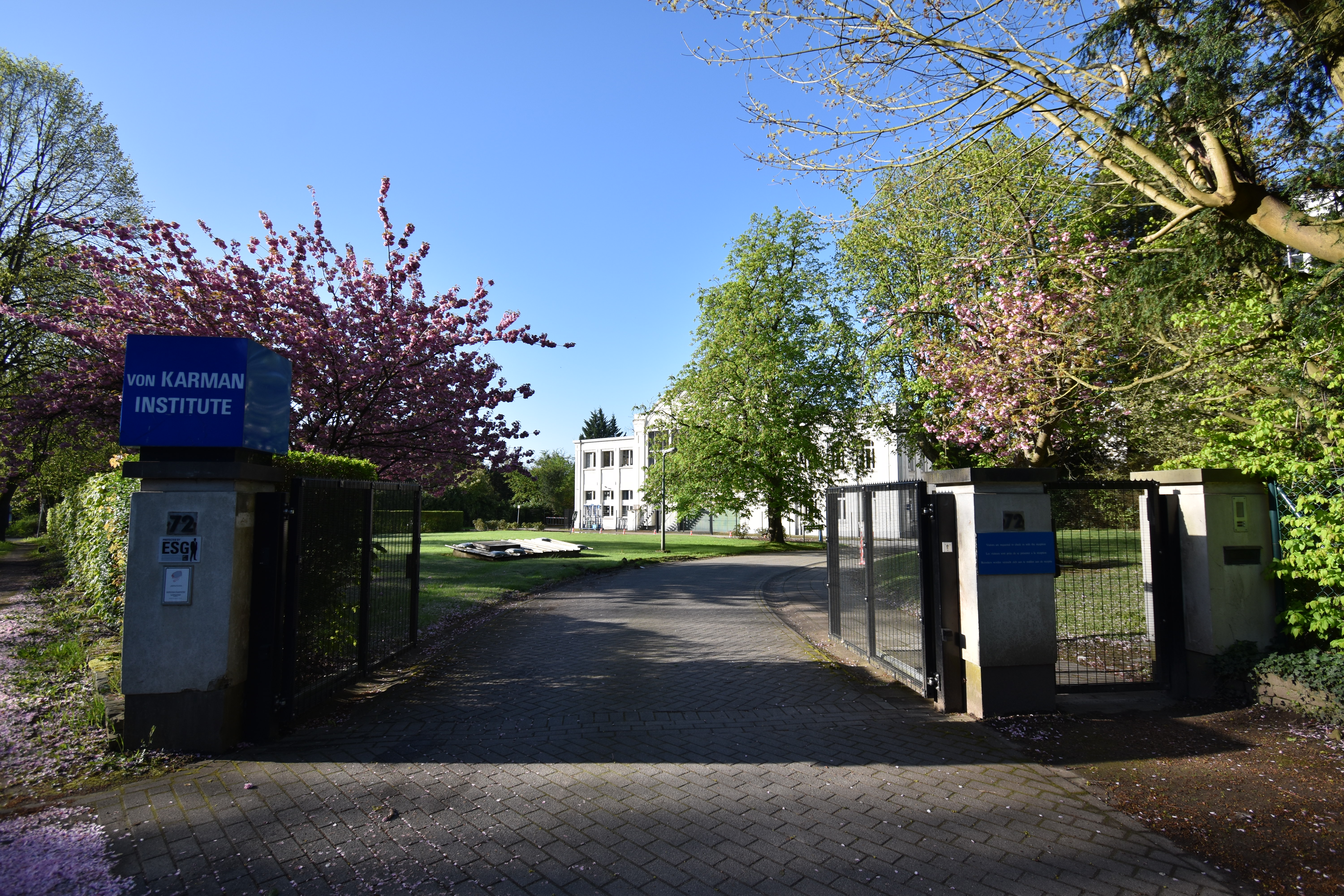Online Seminar on an efficient CFD modelling for the analysis of bluff bodies in frame of energy harvesting applications

Abstract
The industrial penetration of technologies based upon the large-scale exploitation of energy harvesters based on the wind-induced excitation of oscillators has not been achieved so far. One of the key issues that need to be addressed is the aeroelastic performance of the harvester in the turbulent boundary layer. Highly efficient design approaches such as surrogate modeling or optimal design rely on the availability of a computational model of the harvesters capable of assessing the aeroelastic response balancing accuracy and computational cost.
The study of free stream turbulence (FST) effects on bluff bodies by means of computational approaches has been addressed so far mainly applying scale resolving methods adopting a three-dimensional domain, which is cumbersome and complex. The development of an alternative and more affordable approach, capable of providing reliable data, at least qualitatively, about the impact of FST in aerodynamic responses of interest would be of great importance for the penetration of CFD techniques in this type of industrial applications.
In this presentation, a 2D URANS approach is adopted to numerically replicate the well-known rod-induced small-scale turbulent flow in wind tunnel testing. A square cylinder is selected as a canonical application case to study the effects caused by ambient turbulence (0.7%), 3.3% and 6.8% FST levels. The numerical results for the force coefficients, base pressure coefficient, mean and fluctuating pressure coefficient distributions, time-averaged flow structures, mean streamwise velocity and Reynolds stresses distributions are collected along with experimental data in the literature for exhaustive validation. The agreement between the proposed CFD approach and the wind tunnel data is remarkable, as not only qualitative agreement has been reached, but in many cases consistency between numerical and experimental data has been obtained. Additional ongoing work on the 3D CFD modeling of FST effects on bluff bodies will be also commented upon.
Biography
Felix Nieto is Associate Professor at the School of Civil Engineering of the University of A Coruna (Spain). His lecturing activities cover undergraduate, graduate and PhD curricula in the subjects of structural analysis, fluid mechanics, bridges and wind engineering. His research interests span CFD modelling, wind engineering, renewable energies, size and shape optimization, and bridge engineering. He has led and participated in a wide range of research projects funded by the EU, National and Regional research institutions.
Dr. Nieto was awarded in 2019 with a MIT-Spain INDITEX Sustainability Seed Fund on the topic of energy harvesting. He has co-authored 29 journal papers, more than 70 conference presentations, and 1 book. He has participated in the supervision of 3 PhD dissertations. Dr. Nieto has also served as member of the Scientific Committees of several international conferences and reviewer of high-quality scientific journals. He has been visiting researcher at the University of Nottingham (UK), and at the Milan Polytechnic (Italy). He is member of the Spanish Association for Wind Engineering.
Notice: This event is open to public in respect with the VKI eligibility criteria.
Event Information
| Event Date | 12-05-2023 4:00 pm |
| Event End Date | 12-05-2023 5:00 pm |
| Cut off date | 12-05-2023 2:00 pm |
| Location | von Karman Institute for Fluid Dynamics |
Venue Information - von Karman Institute for Fluid Dynamics

